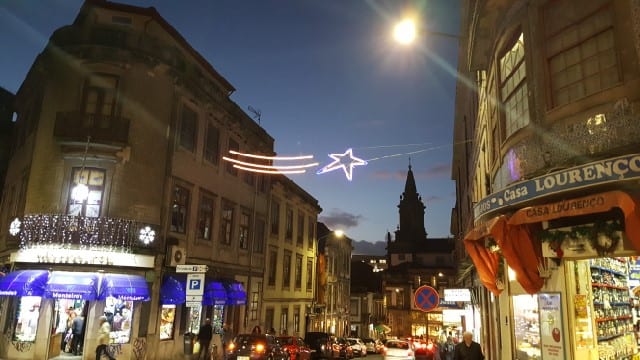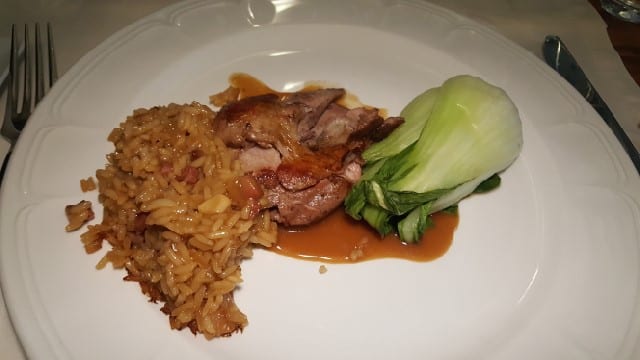

02 Jan Getting to know Porto, Portugal
This story originally appeared in the Napa Valley Register.
To me, the best way to get to know a county and its culture is through its food and wine. Local ingredients and dishes, the indigenous grape varieties and winemaking processes, they all tell so much about a culture, its history and present-day. So, on my first trip to Portugal, specifically to the city of Porto, I dove right in.
Located in Northern Portugal, along the Douro river, Porto is the second largest city in Portugal, after Lisbon. From the cobblestone streets to the tiled houses to the food and wine, it is no wonder that Porto was classified as a Cultural Heritage of Humanity by UNESCO in 1996 and recently awarded The Best European Destination by the Best European Destinations Agency.
Porto is flanked by the Atlantic Ocean on the west and the vineyards in the Douro to the east. The cuisine of Porto uses its natural resources, which include fresh seafood and meats. And there are the sweet desserts, many of which are made with what was described to me as just “sugar, sugar, sugar and eggs, eggs, eggs.”
And to pair with the food there is the wine. The first record of “Port wine” was in the 17th century, and Porto was the first formerly demarcated wine region in 1756.
The Douro wine region consists of 250,000 hectares and has a Mediterranean climate with hot and dry summers and cold winters. The locals say that there are “nine months of winter and three months of hell.”
The region is divided into three sub-regions, with Baixo Corgo (lower Douro) in the west, Cima Corgo (upper Douro) in the middle and Douro Superior in the east.
The terraced vineyards of schist are home to the principle grape varieties Malvasia Fina, Tinta Roriz, Rabigato, Sousão, Viosinho, Tinto Cão, Cercial, Touriga Nacional, Arinto, Tinta Carroca and Tinto Amarela. However, there are many other indigenous grapes, and the Douro was described to me as a “Noah’s ark of Portuguese wines.”
From the white wines to the red wines to the ruby and tawny ports, the cuisine in Porto pairs beautifully. This relationship of food and wine in Porto was best exemplified at a lunch I enjoyed at a restaurant in Porto called Oficina, located in a former auto shop. A space where art and gastronomy unite, chef and co-owner Marco Gomes, originally from the Upper Douro, features a menu of traditional Portuguese cooking with a modern twist.
Celebrating the fresh fish from the ocean, our meal started with tuna tartare marinated in garlic and pepper, served in pressed tomato juice and avocado ice cream. The Porto Reccua Cabeca de Burro 2016 Reserva, Douro was a lovely match. A blend of malvasia fina, rabigato and fernão pires, this fresh white wine has notes of lemon and apple. The pressed tomato juice in the tuna was delicate and yet added acidity.
The second course was lamb with chorizo rice and greens and paired with the Quinta de Lubazim 2015 Douro red wine. The wine is made with 49 different grape varieties from the same row of old vines, according to 23rd- generation winery owner Catarina Albuquerque Castro. The wine had notes of stewed fruit and medium tannins and matched the sweetness coming from the lamb.
For dessert, we enjoyed a traditional fried bread with cinnamon, sugar, caramel ice cream and an edible cinnamon stick and paired it with the Porto Reccua 30 Year Tawny Port. With notes of nuts, citrus, orange peel and golden raisin, the acidity of the 30 Year Tawny Port cut through the sweetness of the dessert and made this a perfect ending to the meal.
As I continue on my exploration of the Douro, my initial understanding of the culture is coming together. The diversity of the wines matches the diversity of the cuisine, and harmony is found between the rich and sweet flavors of the food and the acidity of the wines.
Read the original story in the Napa Valley Register.










